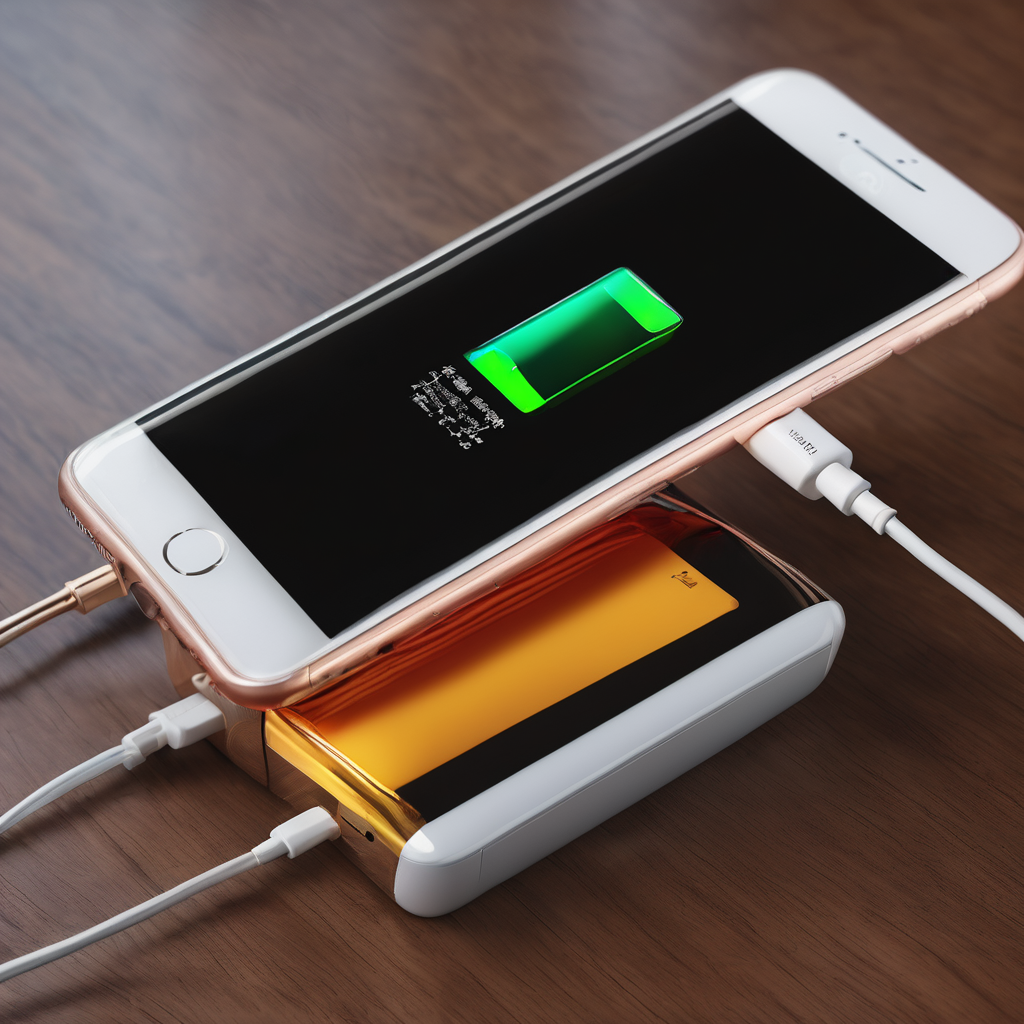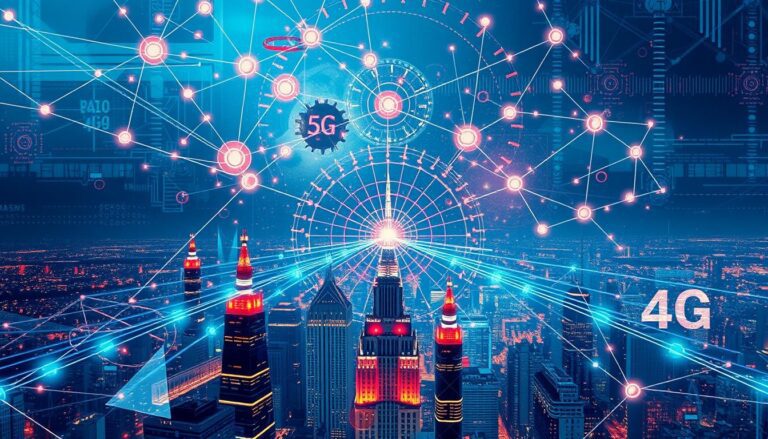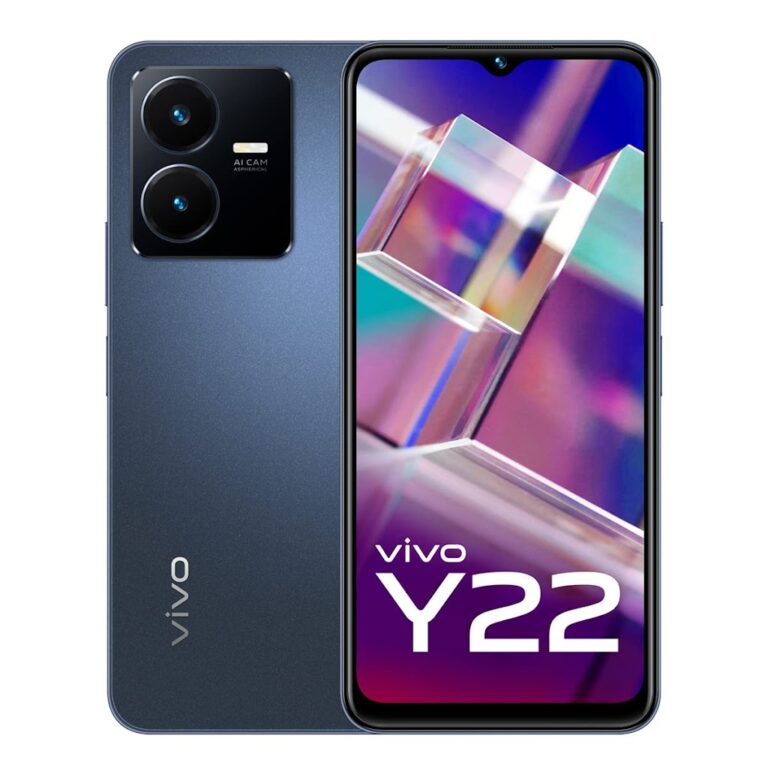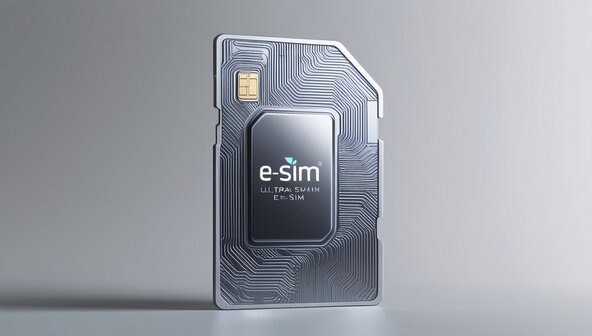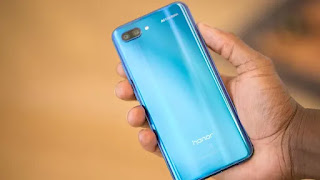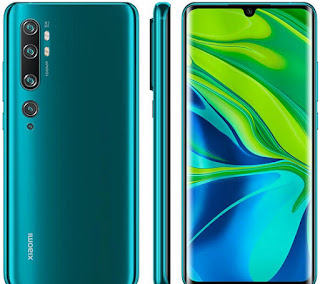Key Elements Playing a Crucial Role in Fast Charging Chargers
- Energy Management: Fast charging chargers are indicators of effective energy management. These chargers analyze the actual energy demand of the mobile phone and supply power accordingly. As a result, they accelerate the charging process and meet the power needs of the user efficiently.
- Intelligent Charging: Fast charging chargers automatically detect how much charge is required and how quickly the mobile phone needs to be charged. These chargers adjust the charging speed automatically so that users can quickly start using their phones.
- Safety: Fast charging chargers adhere to high safety standards. These chargers support over-voltage, over-current, and other safety measures to ensure the safety of both the mobile phone and the user.
What is a Charger, and How Does it Work?
A charger is an electronic device that uses electricity to charge the mobile phone’s battery. It connects the mobile phone and the power source through a charging cable. Inside the charger, a special chipset is responsible for distributing electrical energy and servicing the battery. When the charger is used, the mobile phone’s battery charges, accumulating energy for future use.
Types of Fast Charging
- Wall Charger: These chargers are commonly used in homes and offices. They are plugged into the wall socket, and you can charge your mobile phone with them.
- Car Charger: These chargers are used for charging in the car. You can plug these chargers into your car’s AC outlet or USB port to charge your phone.
- Portable Charger: These chargers function like a battery, allowing you to use them anytime and anywhere. They come in various sizes and capacities and include cables for charging.
How to Choose the Right Charger for Fast Charging?
When you need to charge your phone quickly, selecting a charger with fast charging technology is essential. Here are some important factors to consider when choosing a charger:
- Check the voltage and wattage that your mobile phone supports. Choose wall chargers that match the wattage of your phone.
- Opt for a certified fast charging charger. These chargers will charge your phone quickly, but avoid using them during activities like watching videos or gaming, as it can affect the performance.
- Brand matters! High-quality chargers can charge your phone’s battery for longer durations compared to regular chargers and keep your device safe.
Impact of Charging Gadgets
When it comes to mobile charging, the role of the charger is vital. A charger is a device used to charge a mobile phone. But have you ever wondered what the charger’s actual role is in fast charging? In this article, we discuss the role of charging gadgets in detail.
How Long Does a Charger Take to Charge a Mobile Phone?
The time a charger takes to charge a mobile phone depends on its design and technical features. Many chargers are available that provide different charging speeds. However, fast charging chargers are typically capable of charging your phone in a much shorter time. These chargers can organize power input and charge the phone at various current levels based on the input strength. Thus, fast chargers provide the convenience of charging your phone’s battery quickly.
Does a Powerful Charger Damage the Battery?
Many people use chargers frequently, but there is a common question: Does a powerful charger damage the phone’s battery? Many experts believe that an overly powerful charger can harm the battery. This happens because when charging a phone rapidly, the rising current can increase the battery temperature, potentially reducing its lifespan. So, be cautious when using powerful chargers and charge your battery accordingly to prevent damage.
Is Fast Charging Safe?
Fast charging is considered safe, provided certain guidelines are followed. Initially, it’s important to note that fast charging puts pressure on the battery’s lifespan. However, if you use a good-quality charger and charge it in suitable conditions, fast charging can be quite safe. Using high-quality chargers ensures a secure and efficient charging process for your mobile phone.
Traditional Charger vs. Fast Charging: Differences and Benefits
Traditional chargers are generally designed for simple, everyday use, charging mobile phones at a slower pace. It takes more time to charge the battery fully, requiring users to wait. These chargers usually have a power capacity of 5 to 10 watts.
On the other hand, fast chargers allow you to charge your phone much quicker. They are highly beneficial for those who need to charge their phones rapidly. Fast chargers typically range from 18 watts to 65 watts in capacity. To use them, you need a fast-charging-supported device and a fast charger.
How Wireless Technology Helps in Charging?
Wireless charging technology has revolutionized mobile charging. In this technology, you can charge your mobile phone without any cables. Once the wireless-supported mobile is placed on the wireless pad, it begins to charge. Wireless charging is supported by inductive technology, which uses electromagnetic waves to transfer power to the device. This tech is not only convenient but also gaining popularity due to its ease of use.
Problems Due to Incorrect Charger Usage
While chargers are essential, using the wrong charger can lead to problems. Many people use chargers that may not be compatible with their phones, potentially harming the device or causing electrical issues. Incorrect usage may also damage the charger or overheat the device. It is important to use the right charger to avoid such issues.
Future Developments in Charger Technology
Charging technology is rapidly evolving. The demand for faster and more efficient charging is leading to advancements in this field. Some upcoming changes include:
